Berg
Just outside Tönsberg, Westfold county, in the summer of 1942, the Germans began to build a detention camp for political opponents and Jews. It was the Norwegian minister-president Vidkun Quisling who took the initiative to establish a prison camp for people nick named "jössinger" (norwegian patriots). These had on the national day of May 17 same year shown their patriotism by waving "chicken rings" in the colors of the Norwegian flag. This angered Quisling to such an extent that he promised to lock up all "jössinger". There by came the camp to be called Quisling’s chicken farm. However, the Germans were initially opposed to set up a camp subordinated to the Norwegian police ministry, but gave in. The camp was called Berg and the idea was that it would have a capacity of about 3000 prisoners, but that was never realized. In reality the number of prisoners never exceeded 500 – 600 at the same time.
The first prisoners came in late October 1942, and were Jews, not "jössinger". These were soon followed by another 290 Jews who, like the former, had been arrested during round-ups. These round-ups had been ordered by the head of the Norwegian state police, Karl Marthinsen. A month later, 227 of these were sent to Oslo. There they, along with other Jews, were forced to embark D/S Danube who took them to Stettin and from there by train to Auschwitz. Upon arrival most of them were murdered. Of the 227 Jews from Berg, only seven survived the war. Jews who were not evacuated from Berg were Jews married to Norwegian non-jewish women. They remained in the camp until their liberation in May 1945.
At the end of January 1943, the first "jössinger" arrived in the camp. The prisoners were used as slave labor in the expansion of the camp. The camp was the only one in Norway run by Norwegian collaborators and subordinated to the Norwegian state police. The camp consisted of about ten barracks. In addition to prisoner’s barracks, several cells were set up in the kitchen basement. Although the prisoner were subjected to guard violence, no prisoners died in the camp. However, two Jews died shortly after the liberation as a result of the captivity in the camp. Several of the Norwegian guards and officers who served at Berg were sentenced to prison terms after the war. From the end of the war until 1951, Berg was a detention camp for Norwegian collaborators.
Current status: Partly preserved/demolished with museum (2017).
Address: Hortensveien 30, 3125 Tönsberg.
Get there: Car.
Follow up in books: Höhne, Heinz: The Order of the Death’s Head: The story of Hitler’s SS (1969).
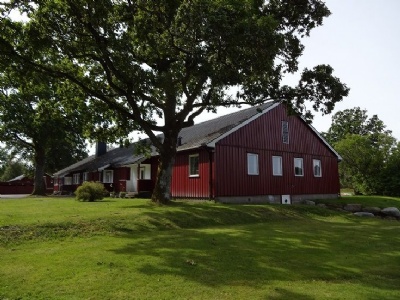
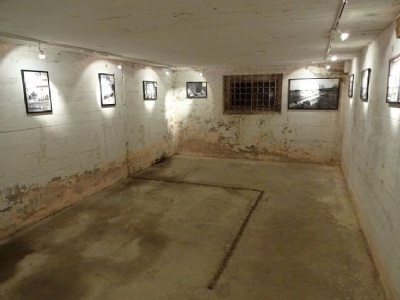

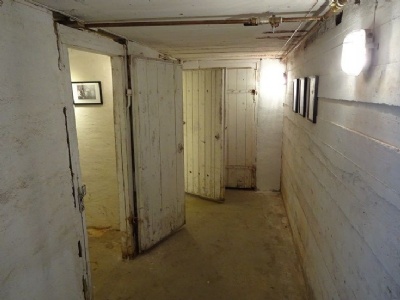
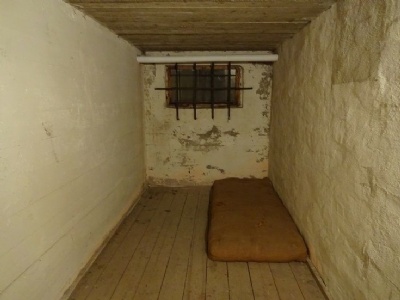
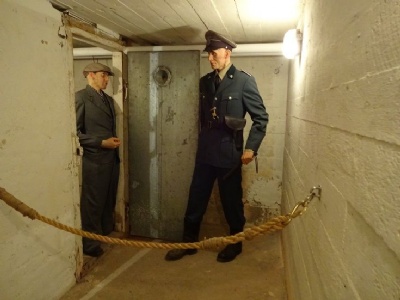
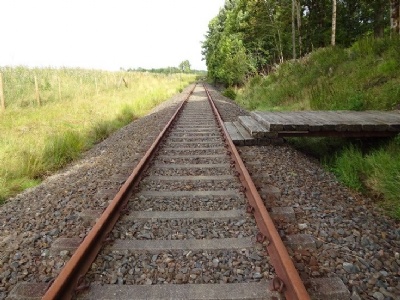

All barracks except the kitchen were demolished after the war and replaced with new ones. Between 1951 and 1975, Berg had different functions in Norwegian correctional facilities. From 1976 and onwards it is an open prison. Here can prisoners, about to be set free, from other prisons apply to serve their final time. These are prisoners whose relapse probability and escape propensity according to the Norwegian correctional system is more or less non-existent.
Of the traces of the war, the cells in the kitchen basement remain and they can be visited if you contact the prison in advance. In the cells there is a small exhibition about the camp, guards and prisoners. In addition to the cells, the administration building is also preserved, which was located just outside the camp. It was called the white house and there was also a mess hall for officers. In 2017, the house was empty but has been renovated and from the prison side there is a hope to expand the prison’s capacity by using the house.
As late as 2012 and on the 70th day of the first Jews’ arrival at the camp, a memorial monument was established at the prison entrance. In 2015, a memorial trail was also established around the former camp with information boards about Berg’s history, including the time before the Second World War. There is also a preserved part of the railway and the platform where the Jews arrived in October 1942 and from where they were deported to Oslo a month later.